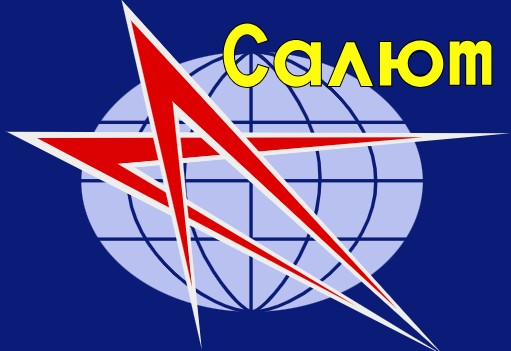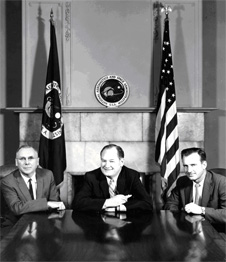
1999 – NASA’s Deep Space 1 mission undertakes the closest encounter with an asteroid ever attempted when it flies within 10 miles (15 kilometers) of the newly named asteroid Braille (formally known as 1992 KD) at (04:46 Universal Time). Infared cameras collected spectra which confirmed that the small asteroid Braille is similar to Vesta, a rare type of asteroid and the third largest bodies in the main asteroid belt.
Scientists are now wrestling with a thorny question. Is the near-Earth asteroid Braille a chip off Vesta’s old block, or are the two asteroids siblings which originated elsewhere, perhaps thrown off a larger body that has long since been destroyed? The scientists made their finding from three sets of data collected by the spacecraft’s infrared camera. Called spectra — data obtained when the instrument breaks light into component colors much like a prism does — the data sets cover different parts of the asteroid and were taken just after closest approach. The spacecraft was launched Oct. 24, 1998. It’s mission, to test new technologies, will make space travel cheaper and faster and more autonomous.
1985 – Space Shuttle STS-51-F launched as the 19th flight of NASA’s Space Shuttle program and the eighth flight of Space Shuttle Challenger.

1982 – The Salyut 6 space station was intentionally deorbited and burned up in Earth’s atmosphere after nearly five years in orbit and having supported five crewed missions. Despite being considered fully functional, a mold problem in the crew quarters led to the decision to abandon and destroy the station.
1955 – President Eisenhower announces the USA would launch 10kg satellites. The project, named Vanguard, although organized in the Department of Defense under Navy management, would be completely removed from military significance.
Birthdays

1958 – Happy Birthday NASA! The National Aeronautics and Space Administration is the agency of the United States government that is responsible for US civilian space program and for aeronautics and aerospace research. In 1958, with Keith Glennan as NASA’s first administrator, the department absorbed the earlier National Advisory Committee for Aeronautics (NACA), three major research laboratories: Langley Aeronautical Laboratory, Ames Aeronautical Laboratory, and Lewis Flight Propulsion Laboratory, and two small test facilities. These groups made up the core of the new NASA.